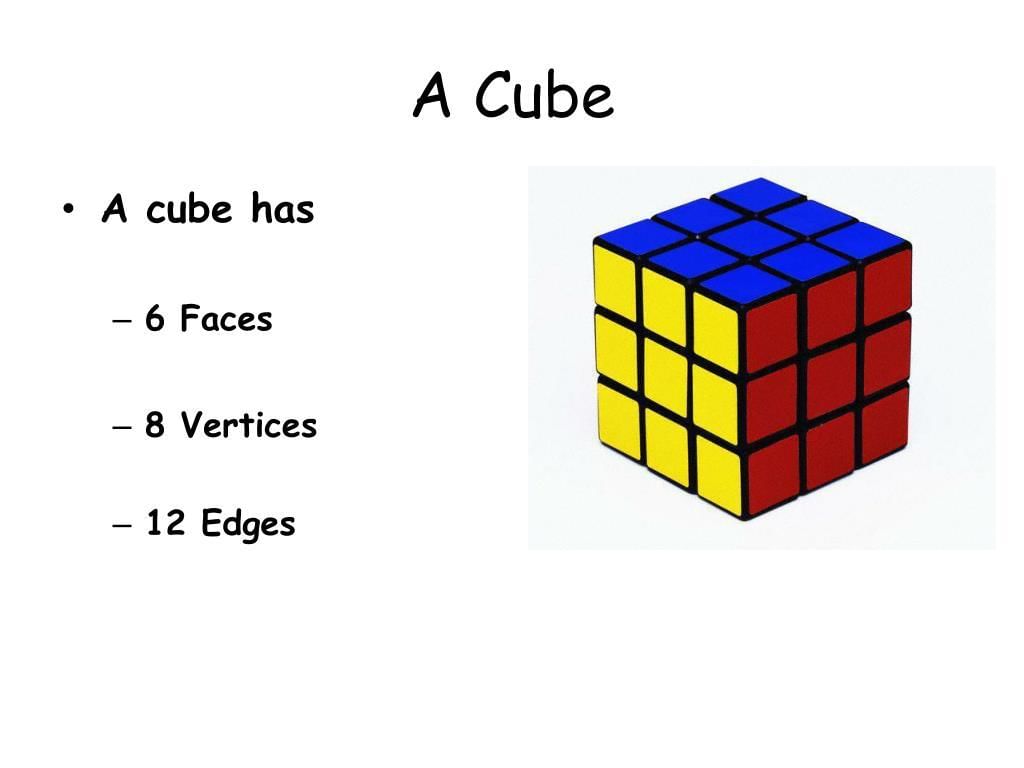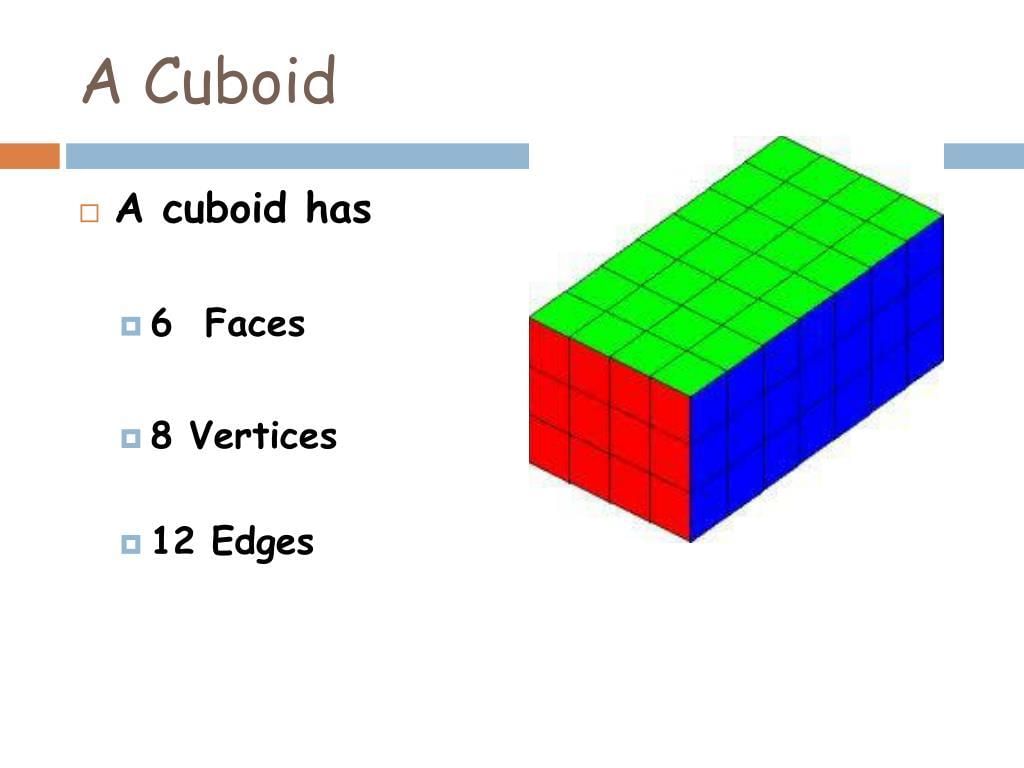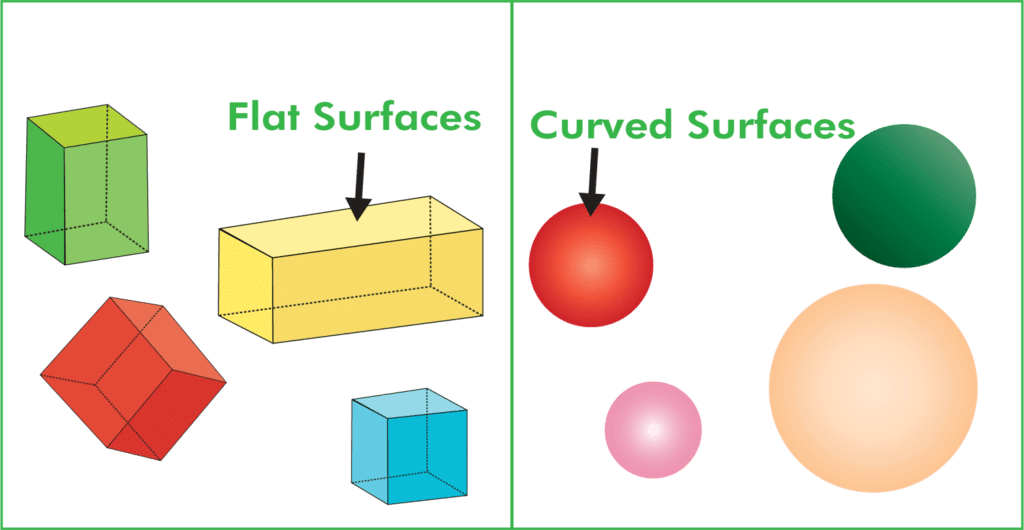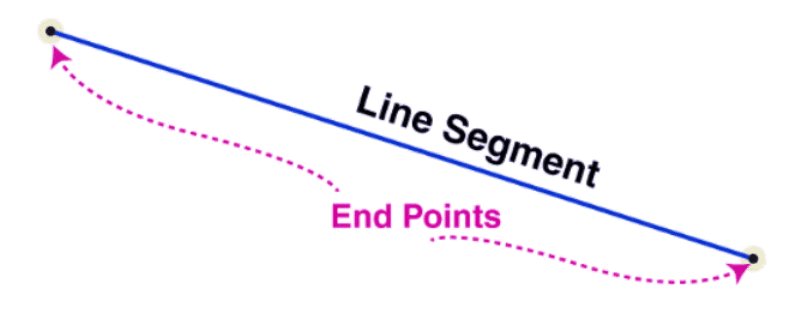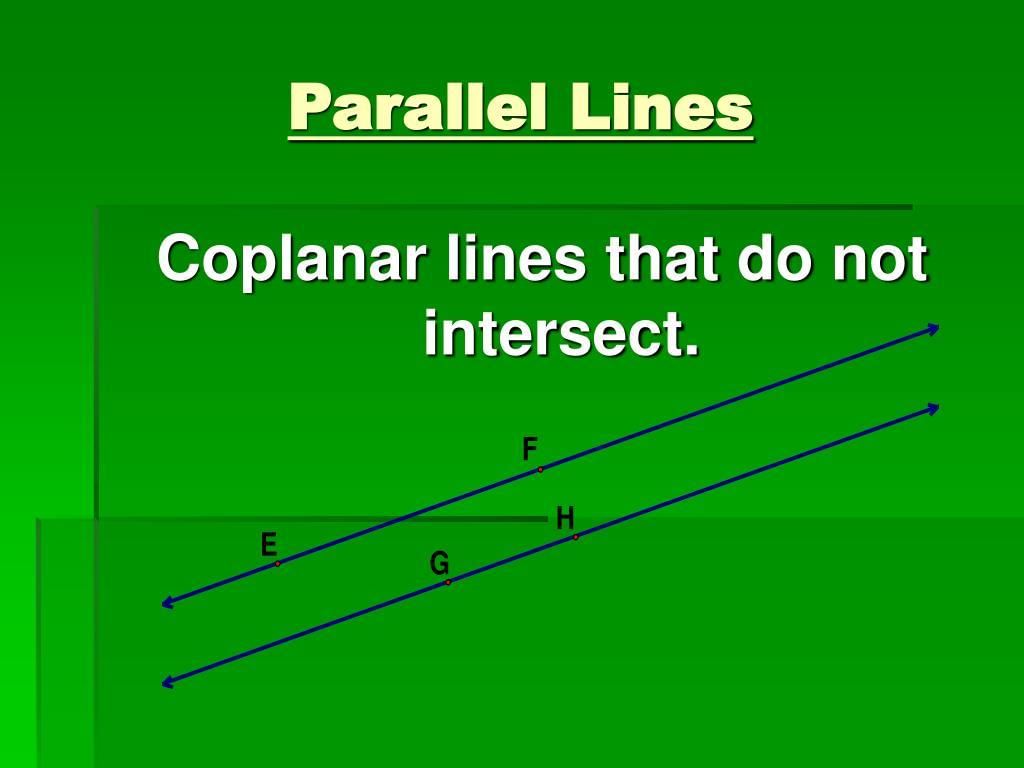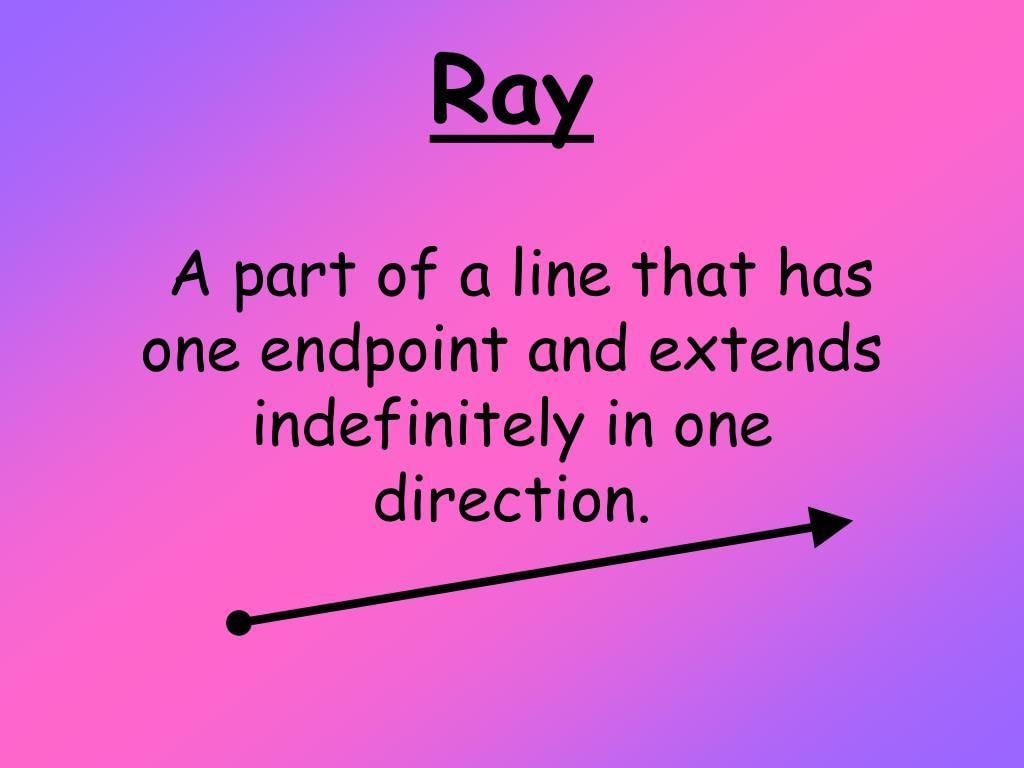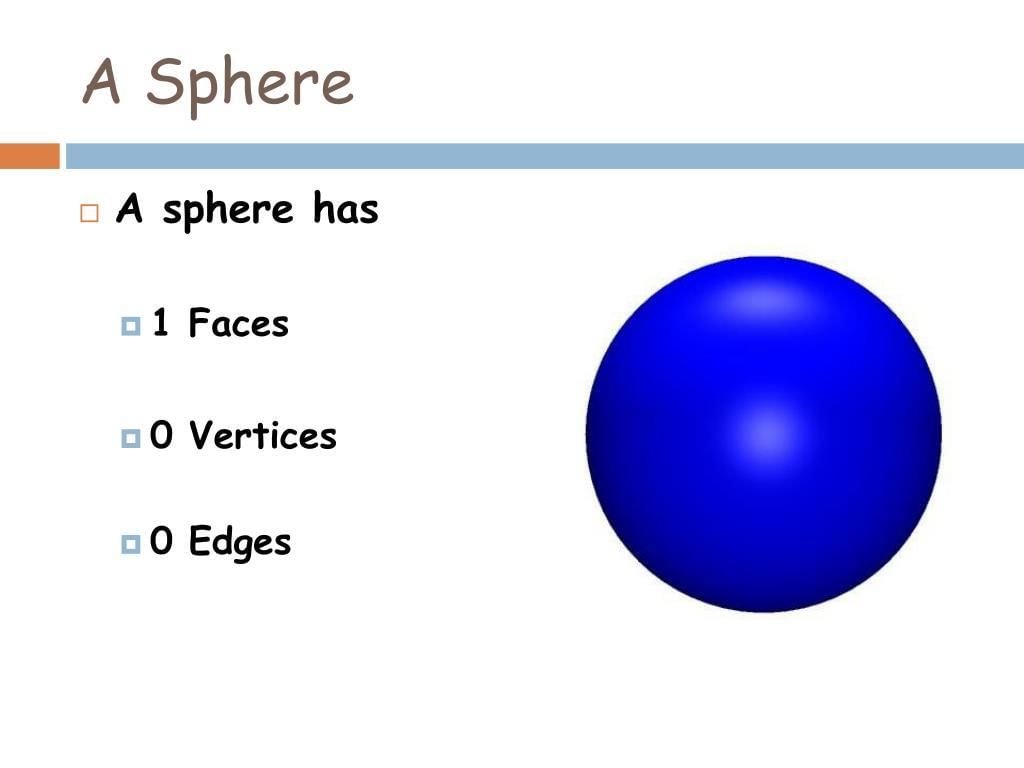Everyday Mathematics: Lines, Shapes and Solids | Math Olympiad for Class 2 PDF Download
Q1. A dice is shaped like a cube. How many faces does it have?
(a) 4
(b) 6
(c) 8
(d) 12
Ans: (b) 6
A cube has 6 faces, all of which are squares.
A dice is a cube, so it has 6 faces.
Q2. A girl draws a line across her notebook from left to right. What type of line is this?
(a) Vertical line
(b) Horizontal line
(c) Ray
(d) Parallel line
Ans: (b) Horizontal line
A line drawn from left to right in a straight direction is a horizontal line.
Q3. A lunch box is shaped like a cuboid. How many edges does it have?
(a) 6
(b) 8
(c) 12
(d) 14
Ans: (c) 12
A lunch box is a cuboid, so it has 12 edges.
Q4. A ball is shaped like a sphere. How many flat faces does it have?
(a) 0
(b) 1
(c) 2
(d) 3
Ans: (a) 0
A sphere is a round 3D shape with no flat faces. It is curved all around.
Q5. A kite string is tied to the kite and held at one point on the ground, stretching straight. What type of line is the string?
(a) Ray
(b) Line segment
(c) Horizontal line
(d) Parallel line
Ans: (b) Line segment
The string has two endpoints (the kite and the ground), making it a line segment.
Q6. A brick is a cuboid. If it has 6 faces, how many faces are rectangles?
(a) 2
(b) 4
(c) 6
(d) 8
Ans: (c) 6
A cuboid has 6 faces, and all of them are rectangles.
Q7. A teacher draws two lines on the board that never touch, even if extended. What are these lines called?
(a) Line segments
(b) Rays
(c) Parallel lines
(d) Vertical lines
Ans: (c) Parallel lines
Parallel lines do not meet or intersect at any point, even when extended.
Q8. A chocolate bar is shaped like a cuboid. If its length is 10 cm, breadth is 5 cm, and height is 2 cm, how many faces does it have?
(a) 4
(b) 6
(c) 8
(d) 12
Ans: (b) 6
A cuboid always has 6 faces.
Q9. A boy points a flashlight beam that starts at the flashlight and goes on forever. What type of line is the beam?
(a) Line segment
(b) Ray
(c) Horizontal line
(d) Vertical line
Ans: (b) Ray
The beam has one starting point (the flashlight) and extends endlessly in one direction, making it a ray.
Q10. A soccer ball is shaped like a sphere. How many edges does it have?
(a) 0
(b) 6
(c) 8
(d) 12
Ans: (a) 0
A sphere has no edges because it is a round 3D shape with no straight lines.
|
33 videos|87 docs|82 tests
|
FAQs on Everyday Mathematics: Lines, Shapes and Solids - Math Olympiad for Class 2
| 1. What are lines and how are they defined in geometry? |  |
| 2. What is the difference between 2D shapes and 3D solids? |  |
| 3. Can you explain what polygons are and give examples? |  |
| 4. How can I identify different types of angles in geometry? |  |
| 5. What are some common properties of 3D shapes? |  |

